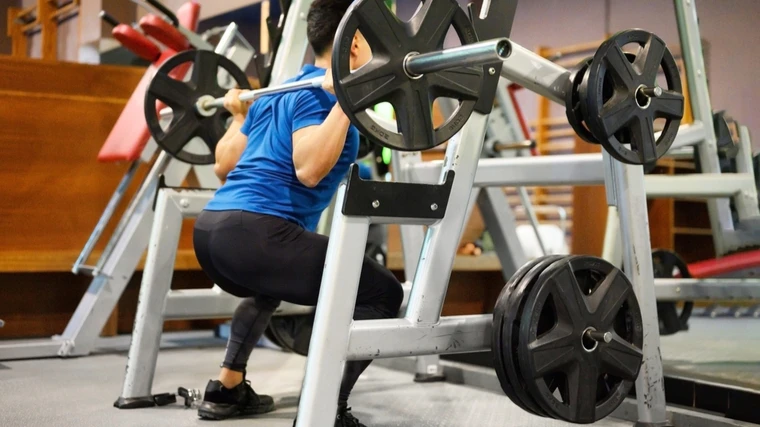Strength training is one of the most effective ways to increase muscle mass, improve overall fitness, and boost physical performance. Whether you’re a beginner or experienced lifter, incorporating the right strength training workouts into your routine can help you reach your goals faster and more efficiently. In this article, we’ll explore the best strength training workouts and how to structure them for optimal results.

Why Strength Training Matters
Strength training is more than just lifting weights—it’s about building a balanced, strong body that can handle the demands of daily life and athletic performance. Regular strength training helps:
- Increase muscle mass and strength
- Boost metabolism, making it easier to burn fat
- Improve bone density and reduce the risk of injury
- Enhance overall athletic performance and functional fitness
Best Strength Training Workouts
Full-Body Workouts
Full-body workouts target major muscle groups in one session, ensuring balanced development and strength gains. These workouts are ideal for beginners and those with limited time.
- Squats – Work the quads, hamstrings, and glutes while improving core stability.
- Push-ups – Engage the chest, shoulders, triceps, and core.
- Deadlifts – Strengthen the back, glutes, and hamstrings while improving grip strength.
- Rows – Develop the upper back and biceps for better posture and pulling strength.
Upper Body Workouts
Focusing on the upper body helps build strength in the chest, shoulders, back, and arms.
- Bench Press – Build chest and tricep strength while improving pushing power.
- Overhead Press – Strengthen the shoulders and triceps for better upper body performance.
- Pull-ups – Enhance back, bicep, and core strength.
- Bicep Curls – Isolate and strengthen the biceps for improved arm strength.
Lower Body Workouts
Building strength in the lower body improves balance, power, and functional movement.
- Lunges – Target the quads, hamstrings, and glutes while improving balance.
- Leg Press – Build strength in the quads, glutes, and hamstrings.
- Romanian Deadlifts – Focus on the hamstrings and glutes for improved hip strength.
- Calf Raises – Strengthen the calves to improve ankle stability and power.
How to Structure Your Strength Training Routine
To maximize strength gains and muscle growth, follow these guidelines when planning your workouts:
- Train each muscle group 2-3 times per week – This ensures balanced development and allows for sufficient recovery.
- Progressive overload – Gradually increase the weight or resistance over time to stimulate muscle growth.
- Rest and recovery – Allow 48 hours of rest between workouts targeting the same muscle group.
- Combine compound and isolation exercises – Compound exercises work multiple muscles, while isolation exercises target specific muscle groups for balanced strength development.
Common Mistakes to Avoid
- Skipping warm-ups – A proper warm-up prepares your muscles and joints for heavy lifting, reducing the risk of injury.
- Poor form – Lifting with incorrect form increases injury risk and reduces workout effectiveness.
- Lack of progression – Not increasing weight or intensity over time can stall progress.
- Overtraining – Training without enough recovery time can lead to fatigue and reduced performance.
Benefits of Strength Training
Strength training provides numerous benefits beyond muscle growth:
- Improved metabolic health – Increased muscle mass boosts resting metabolic rate.
- Enhanced athletic performance – Stronger muscles improve power, speed, and endurance.
- Better mental health – Strength training releases endorphins, reducing stress and improving mood.
- Injury prevention – Strong muscles and joints are more resistant to injury.
Final Thoughts
Incorporating the best strength training workouts into your routine can transform your fitness journey. Whether you’re aiming to build muscle, improve athletic performance, or simply feel stronger, consistency and proper programming are key. Remember to challenge yourself with progressive overload, focus on form, and allow for adequate recovery to maximize your results.

